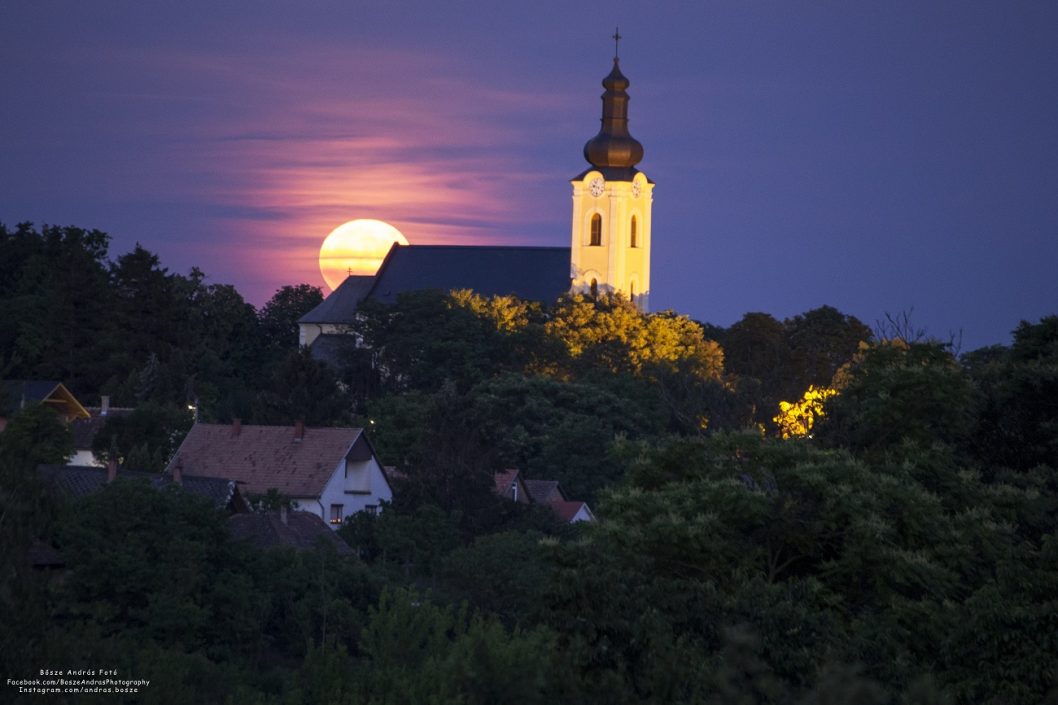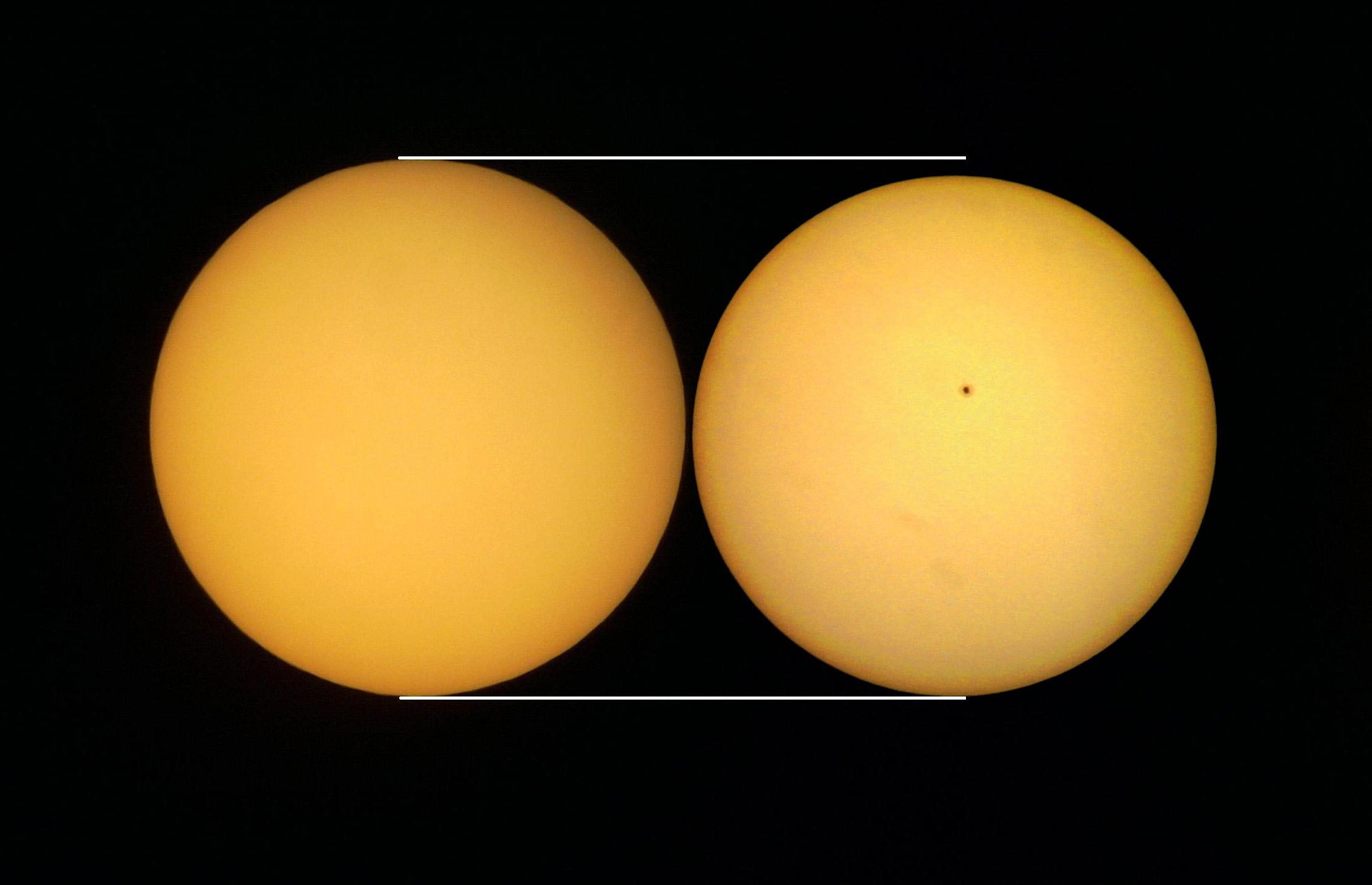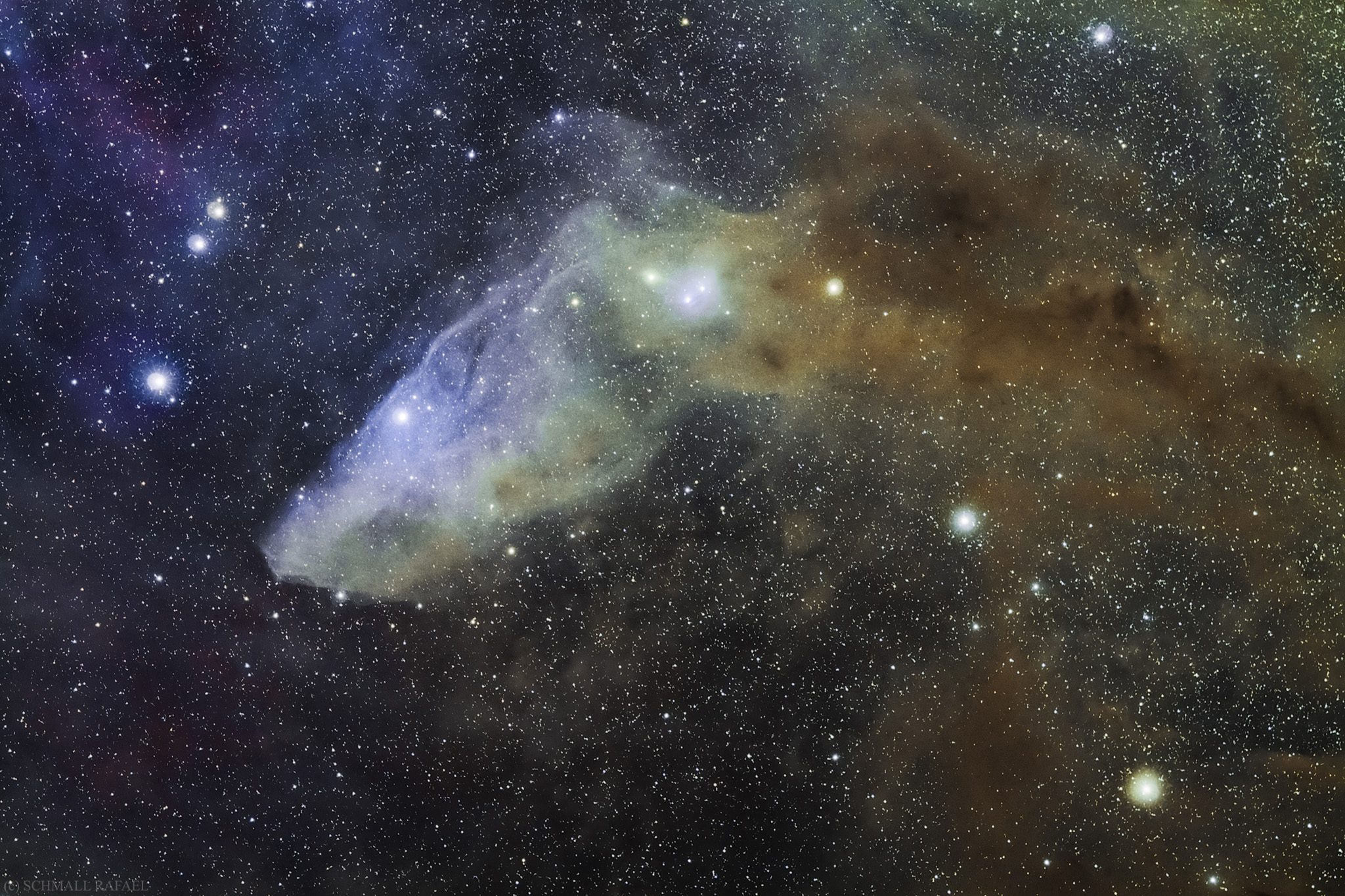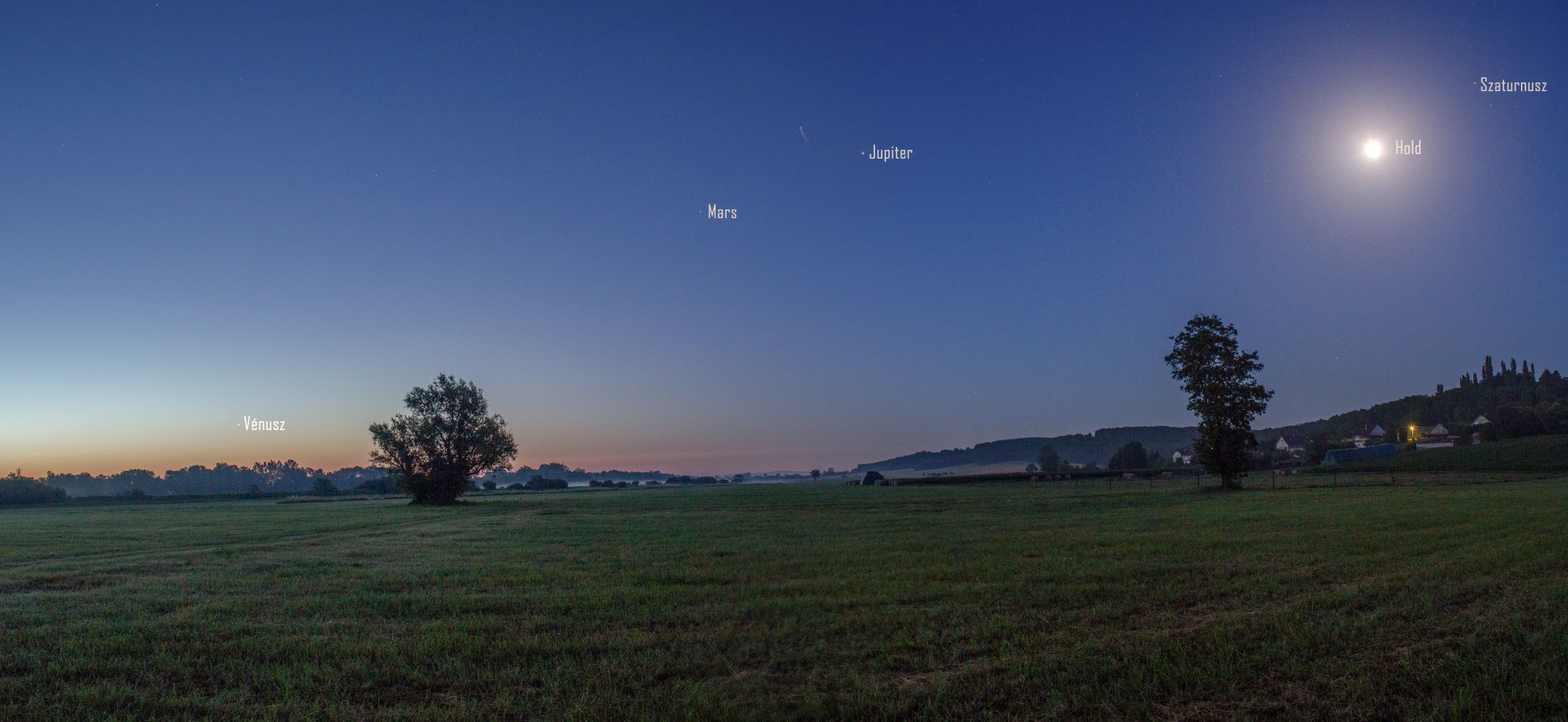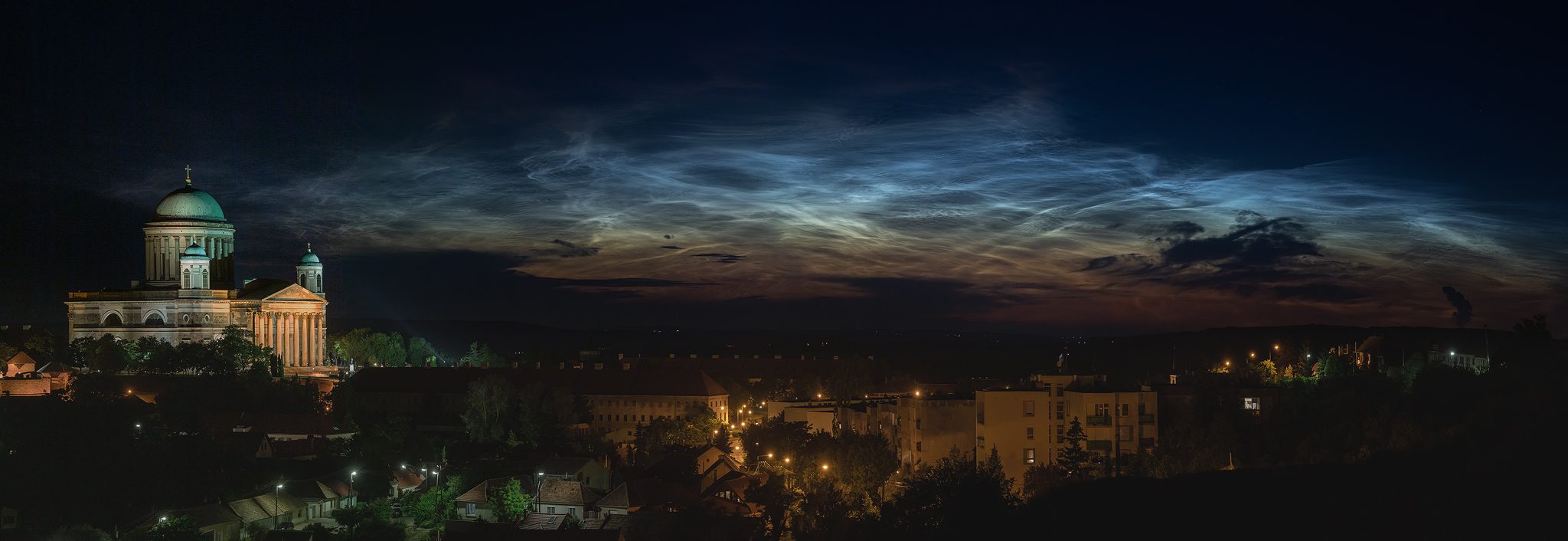crescent moon at dusk
6.3 percent of the moon is illuminated by sunlight, which means we can get a nice thin but well visible sickle with amazing terrestrial light. The ideal time to observe the machete is 21:28 on our eastern border, 21:39 in Budapest and 21:47 in the west. Then we still have a good hour until sunset. Although the chances of an additional clear sky are very low due to the low moon and twilights, we can even see some stars in Manger located below the moon at 2.5 degrees, possibly using binoculars.
scythe twilight
Source: Posted by you / Gabor Palaz
The crescent moon at dusk on the second day
The moon will already be 12 percent lit at this twilight, but that still means a nice scythe, we can start observing at a similar time to the day before, but we’ll have a good hour and a half at sunset.
On the fourth day we are farthest from the sun.
Comparison of the distances of the Sun close to the Sun (left side) and the distance from the Sun (right side).
Source: APOD / NASA / Enrique L Cervigon
Although now everyone knows that our planet is not in winter but in summer in its elliptical orbit. The summer heat and short nights are due to the splitting of the Earth’s axis, not the distance from our star. During the day, we were 152.098 million kilometers from the sun, while the next day, in January, we were 147.105 million kilometers. The difference is not significant, we do not notice it with the naked eye in the size of the sundial, but in a comparison photo taken with the same focal length as it really is.
Short nights in the first week of the month
The lesser known Blue Horsehead Nebula is seen in the constellation Scorpio.
Source: Posted by you / Schmall Rafael
The time of sidereal darkness does not exceed 2.5 hours, and moonlight can continue to interfere. The moon falls after midnight on the seventh day, and then we only have two hours until the end of the astronomical darkness, which means that we have plenty of time to observe the Milky Way or the various nebulae and galaxies. After 7 p.m., this period is half an hour shorter, and astronomical twilights begin between 2 and 2:30 a.m., depending on the country, so it’s worth planning for anyone spending their time under the stars.
Full moon on day 13
The full moon in July rises 25 minutes after sunset, which means the best possible light conditions for a moonrise. In the lower part of the eastern sky, the belt of Venus stretches like a pink strip, below it, to the side of the Moon, a bluish-gray band will rise from the shadow of the Earth. Residents of the eastern border can observe the moonrise at 20:53, residents of Budapest at 21:04, and residents of the western part of the country at 21:12.
You can still see many planets at dawn
dawn of planets
Source: Posted by you / David McCar
The constellation of planets continues into the dawn of June even further into July, although even without Mercury, the triple line of Mars, Jupiter and Saturn can be enjoyed after one night, that is, in a beautiful dark sky. Venus rises only after three in the morning, and we can already notice it in a clear sky. If you want to take a picture of the Milky Way late at night, early in the morning, you might want to check out the three bright planets as well.
Luminous clouds may continue to appear
NLC on Esztergom
Source: Submitted by you / MARTIN KÁPOSTÁŠ
In early July, even after dusk or before dawn, clouds may appear at the highest altitude of our planet’s atmosphere, and Night Clouds (NLC) may appear at an altitude of 80-85 km near the northern horizon. Although there may be fewer of them this year due to increased solar activity, if you’re spending the right hours outside, it’s worth looking at the occasional northern sky floor. NLC can be seen when the sun is 6-16 degrees below the horizon, that is, during navigation and astronomical twilights.








































